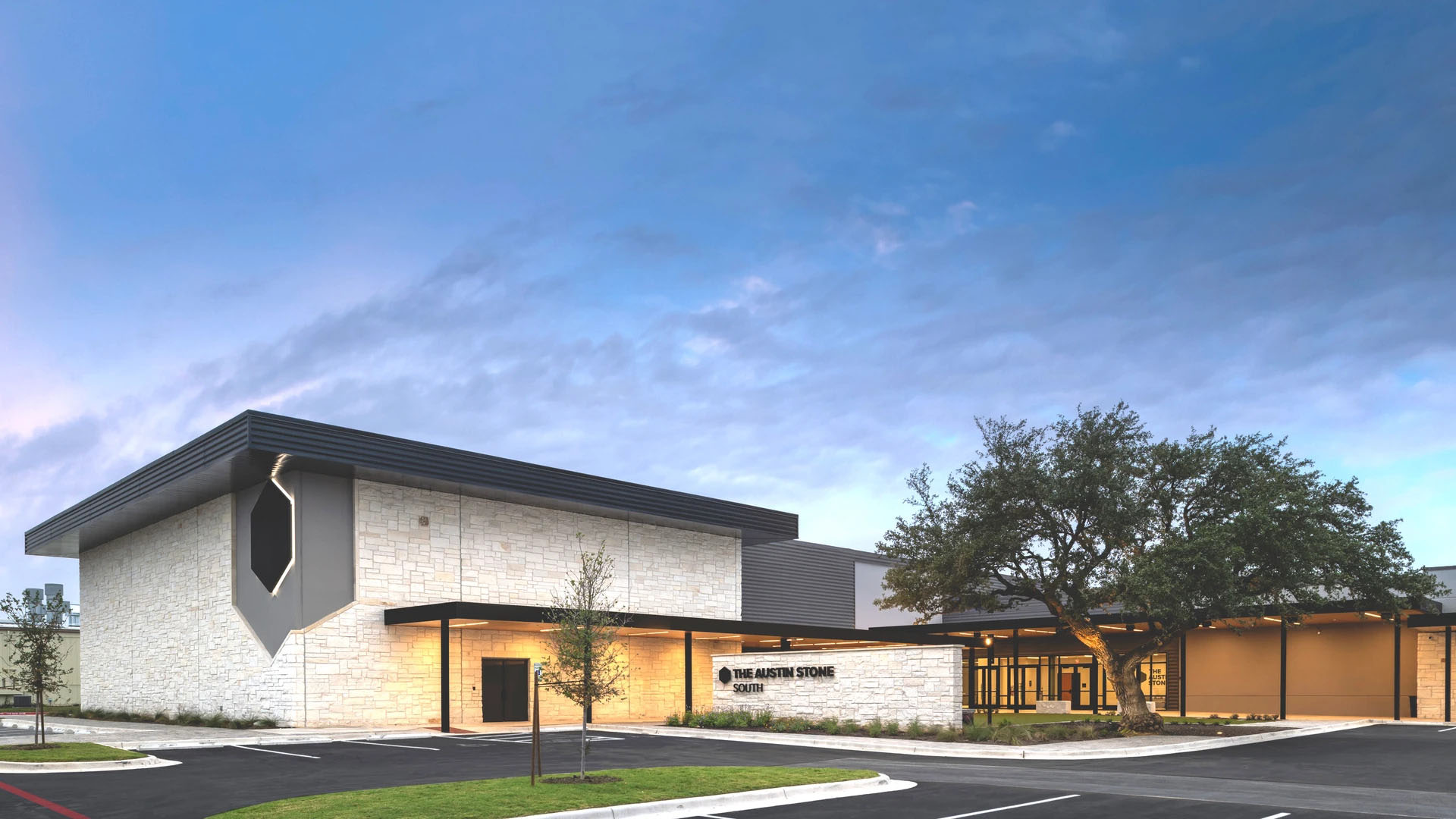
Austin Stone is a six-site church in the Austin, Texas area. The church’s southwest campus serves a congregation that had previously been meeting in a school as a set-up, tear-down church for about 11 years. Finally, they were in a position to build a from-the-ground-up new-build facility. Under the direction of Zach Richards, Director of Integration, and Joe Johnson, Integration Project Manager, the Integration division of Denver-area-based Brown Note Productions (which has a satellite AVL Systems Integration office in Austin) spearheaded the design and install of the new facility’s AV systems, including a wide range of RF Venue wireless essentials for the new building’s wireless RF and in-ear monitor systems.
The project presented a unique challenge in having numerous spaces with varying amounts of wireless audio, and Austin Stone wanted the wireless system to be highly flexible for many different types of events throughout the whole facility. The majority of the wireless resides in the main auditorium, plus there is an outdoor stage, a youth room and two kids’ spaces, as well as three classrooms and a lobby area.
Brown Note has designed and deployed numerous AVL installations in music venues, houses of worship and universities. “We have been using RF Venue since the very beginnings of the company,” stated Johnson. “All of us on the Brown Note team are on the same page, recognizing RF Venue as the standard for RF antennas and distribution. They are the third-party system that works with all the wireless brands. RF Venue products simply work. Everyone here just trusts that they’re that good.”
To realize Austin Stone’s broad stroke vision for wireless, Brown Note opted for 26 channels of the Shure ULX-D Digital Wireless System (based in part on its Dante® capabilities), along with eight channels of Sennheiser ew-IEM G4 wireless in-ear monitoring systems. Brown Note chose RF Venue’s new CP Architectural and Diversity Architectural antennas, painted satin black to seamlessly blend in with the facility’s stage architecture, along with RF Venue’s DISTRO4 RF distribution systems for mics and COMBINE8 IEM transmitter combiner. “We installed a DISTRO4 to distribute the Diversity Architectural antenna signal from the main auditorium to all the wireless receivers. We also fed all of the IEM transmitters into a COMBINE8 which fed a single CP Architectural antenna. All the antennas we used on this project worked flawlessly,” commented Johnson.
The smaller classrooms presented a challenge that RF Venue also solved. “We worked closely with RF Venue’s Adam Brass and Don Boomer to determine our solution for those other spaces. We had just one channel of audio in each classroom and then a couple of channels for the youth rooms,” stated Johnson. “We’re using the QSC Q-SYS control, and we’re already using Dante for all of our distribution for audio. What made sense was to upgrade the microphone systems to Shure ULX-D, and then we were able to just put the receivers in the remote racks, which made things easy for routing audio anywhere we wanted to.”
“But then we thought,” Johnson continued, “‘If that works in theory, how do we get the microphone signal from all these individual classrooms into the remote racks?’ Working with Don, we came up with a plan to implement Diversity Architectural antennas in each of these classrooms. And then we used 4 ZONE antenna combiner systems to take all these different antenna signals and combine them for a single receiver to use. So now we could take a four-channel receiver and put a single mic in four different rooms and put an antenna in each of these rooms and feed it all back into the singular receiver, making things highly efficient. And visually it’s very low impact; these antennas just disappear if you’re not looking for them. All the classrooms have is a single microphone sitting in a charging station, and all the operator has to do is turn on that microphone and go to the touch screen and turn up the volume, and it works just how they would want it to.”
The final “insurance” for good clean wireless signal was Brown Note’s use of the RF Venue Band-pass Filters on all the antenna systems. Johnson comments, “In the main auditorium, RF Venue Band-pass Filters are in between both the Diversity Architectural antenna and an outdoor Diversity Fin antenna [for the outdoor stage] and the DISTRO4 to filter out any unneeded frequencies. We worked very purposely with both the Shure and the Sennheiser system to spec those in different frequency ranges so they wouldn’t interfere with each other, but we wanted to add an additional layer of protection against intermodulation and things of that nature to ensure as clean of an RF signal as possible and eliminate any dropouts in all of the microphone systems.”
“We only spec products that we know we can stand behind,” Johnson concluded. “Number one, we need to know that the manufacturer is going to have our back. And two, that we’re going to be able to support these installations in the long run. So whether it comes to speakers or audio consoles, lighting fixtures, or in this case RF antennas and distribution, we draw a line and we say, ‘This is what we do, and it’s because we trust this.’ And that is RF Venue.”




